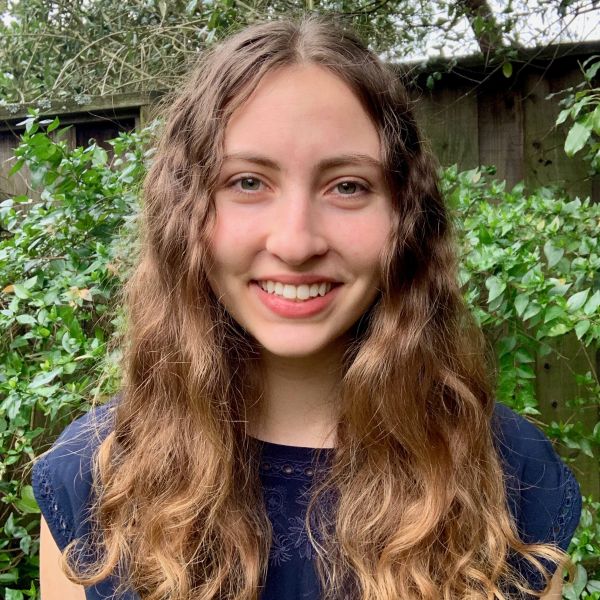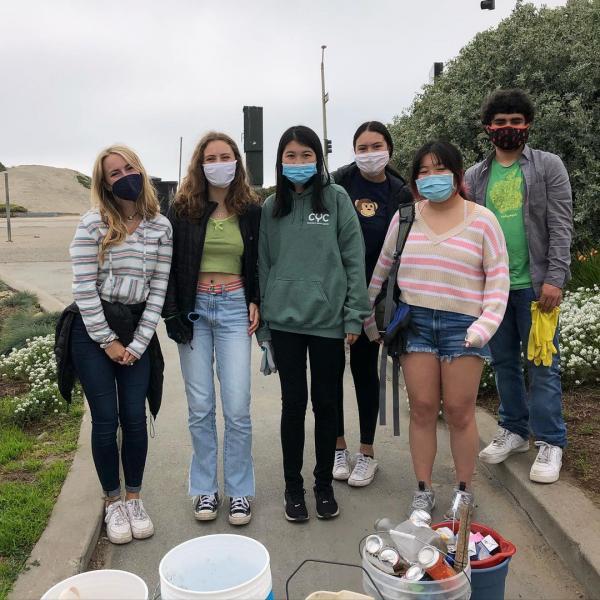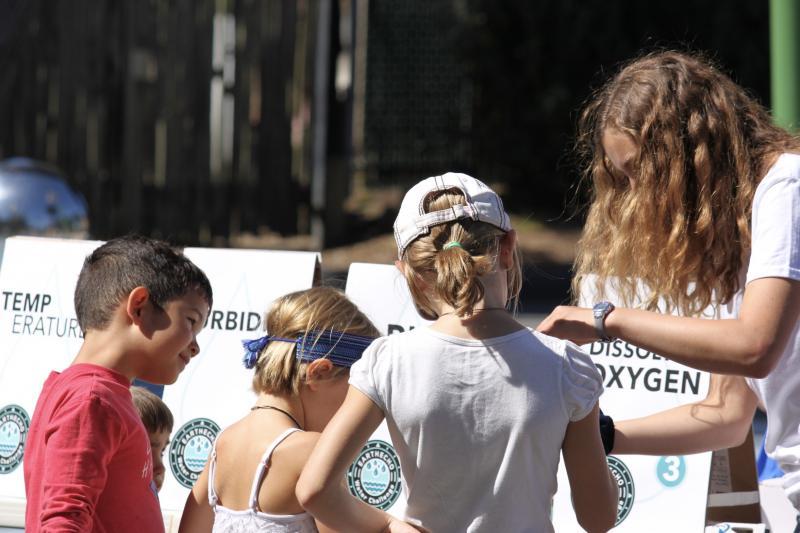Image

Amelia Fortgang mobilizes California teens to combat the climate crisis through environmental education and climate action planning in their communities.
How are you using education to build more sustainable and equitable communities?
I am founder and chair of the Bay Area Youth Climate Summit (BAYCS), leading a team of 25 students to educate and activate youth to combat climate change.
In September 2020, we organized a virtual summit, uniting 280 youth from 88 schools, 14 States, and 5 countries. We offered 16 workshops on issues ranging from coral bleaching to climate justice to environmental entrepreneurship. We also initiated school-based action planning workshops resulting in 15 Climate Action Plans. Seventy-five percent (75%) of these groups continue their work today, installing air quality sensors at schools, fundraising to install solar panels, creating community gardens, and implementing Terracycle bins.
We have continued running monthly workshops on topics including air quality, Indigenous activism, ties between housing and environmental justice, and environmental career opportunities—totaling 30 workshops that reached 950 participants. We will hold a two-day summit again in October 2021 with an in-person and virtual component to engage students locally and globally.

In addition to BAYCS, I organized a Fridays for Future campaign for 30x30, co-lead my school’s environmental club, and served on EarthEcho’s Youth Leadership Council.
Tell us about your journey to where you are today.
I grew up attending environmental and peace marches with my grandmother and distinctly remember experiencing my first California fire season in 2017. Ash covered our school picnic tables and classes were canceled. The 2017 fires were the most destructive on record, only to be surpassed in 2018 and again in 2020. As the AQI soared above 200 and I looked up at the bright orange skies above, I found it difficult to focus on solving unit circle equations when there were far more pressing problems facing my generation.
In 2019, I served as an EarthEcho Water Challenge Ambassador, growing my leadership skills in my community. I ran a World Water Monitoring Day Event at the San Francisco Zoo, working with other students to teach 200 visitors about pH, dissolved oxygen, and turbidity levels. I learned to organize students for climate strikes, held workshops about wildfires, and volunteered at my local Aquarium as an exhibit interpreter. When COVID hit, I searched for ways to make digital climate activism as impactful as in-person actions. I set out to create an entirely youth-led Bay Area Youth Climate Summit to inspire and empower my peers to take action.

What keeps you hopeful for the future?
The dedication, enthusiasm, and spirit of my teammates keeps me hopeful for the future.
What book, film, or art piece has had the greatest impact on you?
The All We Can Save anthology showed me the unique power climate activism holds by combining both head and heart.
If you could be any animal or plant, what would you be and why?
I would be a (non-bleached) coral, given coral reefs are home to 25% of marine life.